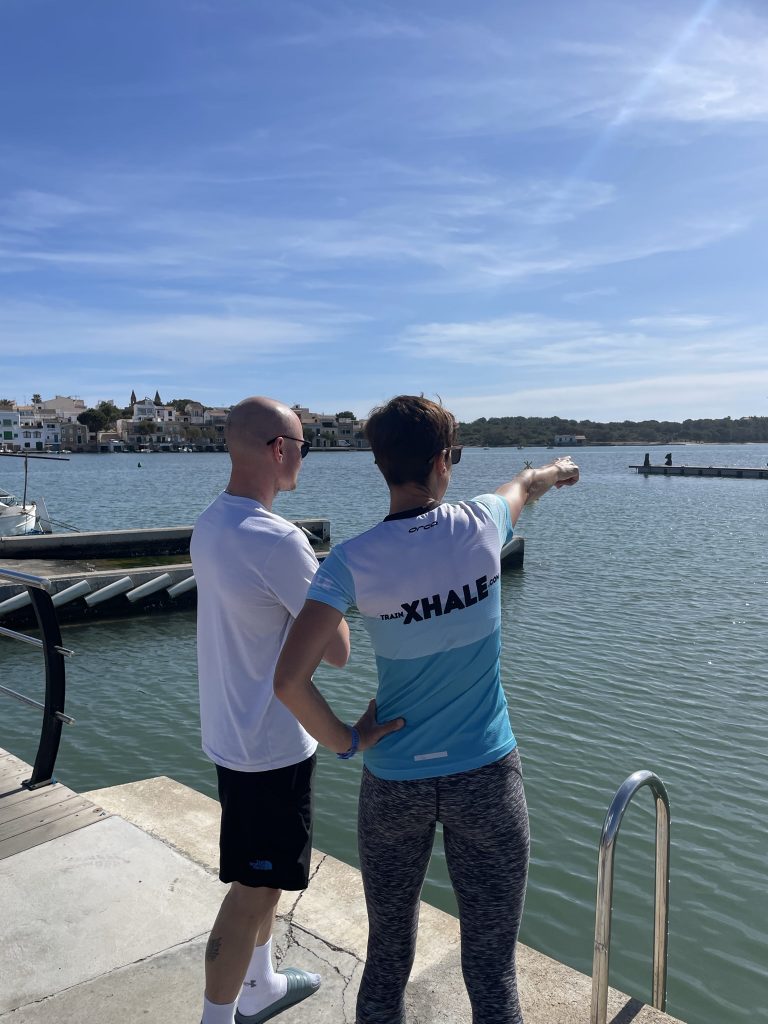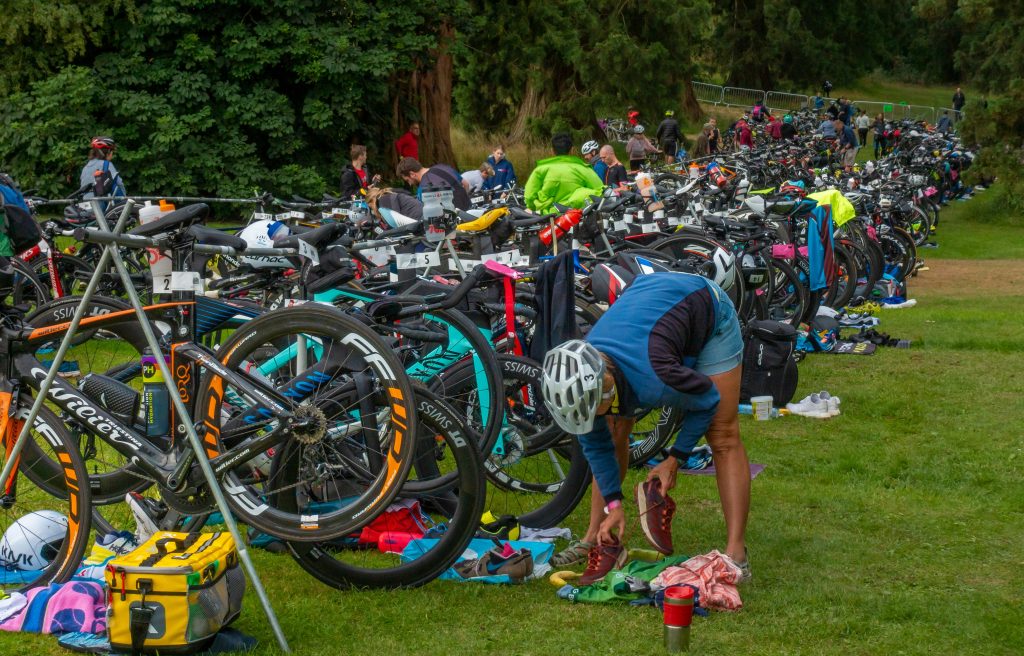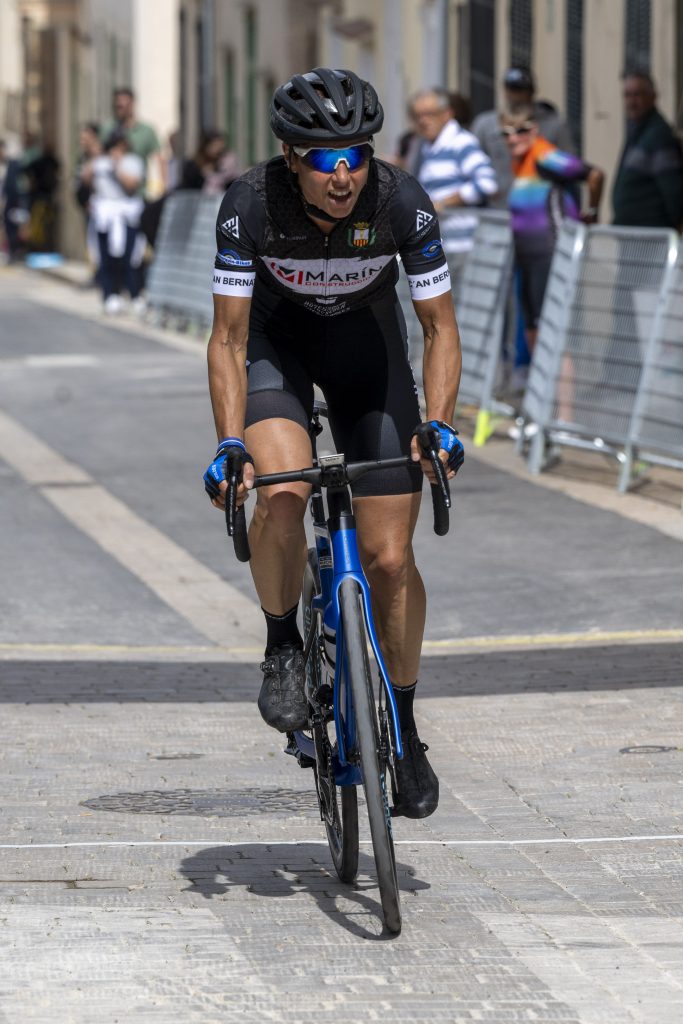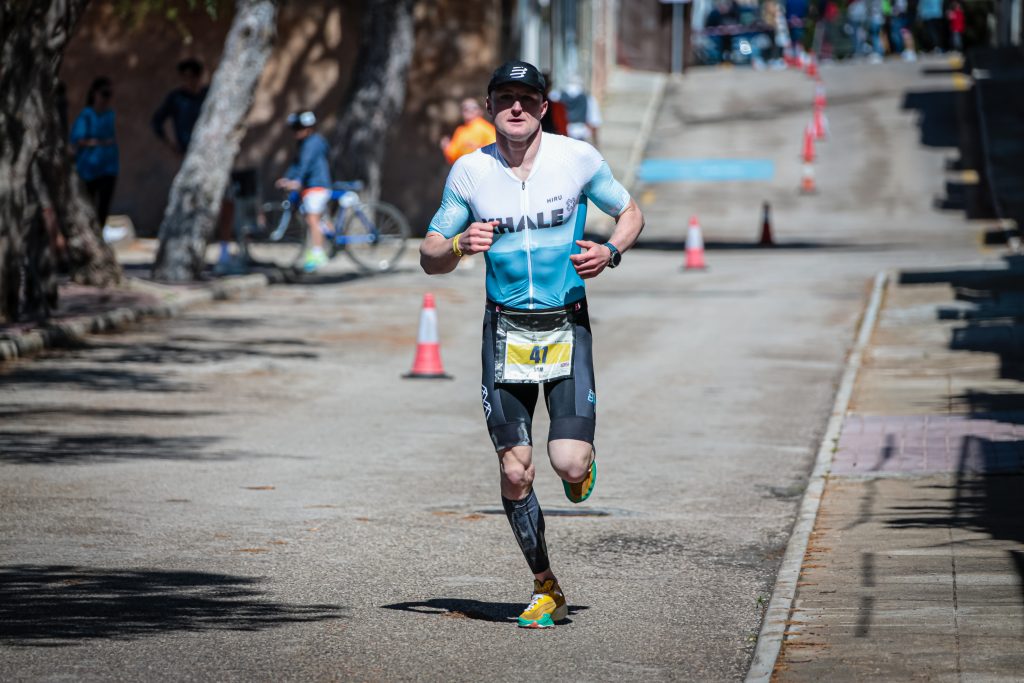Caroline Livesey, Xhale Coach

How do I best prepare to race?
It is getting to that time of year when athletes start to look forward to race season. There is likely a bit of panic training going on around you – but I hope you are one of the people who has been striving for consistency over winter and that you are now feeling excited to race and see where the improvements have been made. We are going to be running a series of articles to get you race ready.
Triathlon is a complex series of three sports coupled with transitions. There is a lot that can go wrong on race day if you don’t pay attention to the finer details of your race craft. If you have been training consistently and working hard to improve in one, two, or all three sports then it is frustrating if you don’t execute your best race due to a silly mistake like not being able to find your bike in transition or taking a wrong turn on the course. I was reminded of this recently at a race in Colombia where many people went off route. Don’t blame the race organiser for your mistakes, or rely on course markings, it is up to you to know where you are going.
Here are some top pre-race tips I have learnt from 20 years racing this sport. These are things I still do at every race I go (when logistically feasible).
1. Recce the swim
Try to do this at the same time of day as you will be racing. You might not want to swim the whole course – but it is important to do the first and last 300m as a minimum. This is so that you can lock on to sighting markers. Typically triathlons start early when the sun is low in the sky, and this means sighting can be difficult when you are heading into the sun. Swimming further than you need to is a sure way to extend your swim time and loose those valuable minutes you have gained in training. During your recce get your bearings from water level, sight off big objects/buildings or features on the horizon so you are not relying on seeing small buoys in the water when the sun is in your eyes. This is especially valuable for the final stretch of the swim which tends to be where people go wrong. Make sure you know what the exit looks like from the water.

2. Recce the bike
You can do some of this on a map. Not the (generally) rubbish maps event organisers produce in the leaflets/website. Get a GPX file of the route and study it on an app such as Ordinance Survey. Note where the tight corners are, where there might be steep hills or sudden changes in gradient (typically where people drop their chains), and also where there might be confusion about the route. Then before the race get out on the course and look at it. Depending on the distance you might not be able to ride all of it – but you can go around in a car and get your bike out to ride the technical sections. Few people bother to do this, but it is where you will save huge amounts of time on race day. You can ride confidently, knowing what is coming, ready for gritty corners or sharp ascents, and not go off route. The time you save on the bike through being familiar with the course and not going wrong is worth a good deal of hard training. Forget the advantage of that new aero position if you are going to ride 4 extra kilometers or skid out on an unexpected corner.
3. Recce the run
It is perhaps the least necessary, (depending on the race) but I always find that knowing what the final 2 or 3km of the run looks like is incredibly valuable, especially if it is lapped and there is a finish chute which is easily missed. If you are racing against another athlete, this is the time when knowledge is paramount. As soon as you see markers you recognise from your recce you have the upper hand mentally. You can gauge your effort, pick places to attack based on the terrain, and mentally you feel stronger hen you know exactly what is coming. But even if you are just racing for your own best effort at this point, knowing how far you have left in the final kilometres gives you one less thing to think about. Do the recce and you will have no doubts in your mind, then you can concentrate on execution of your physically best performance.
4. Transition walkthrough
You would think that this goes without saying, but time and time again – almost without exception – every race I go to I see or hear of people getting mixed up in transition. The list of mistakes you can make here is nearly endless so don’t under estimate how much race adrenaline can warp your judgement and change the way things look. Don’t leave any important decisions to the spur of the moment in the race. Plan out everything that is in your control. Then, on race morning you go through your transition twice. The first time, walk it through, from where you will come out of the swim, miming what you will do at each stage (ie. taking off wetsuit here, grabbing this bag, etc)- all the way to bike out, and then the exact same for bike in to run out. Walk exactly the route you will take. Then do it again but this time at a slow jog (being careful not to knock into anyone) – things look different when you are moving more quickly. Spot markers that you will use to identify where your bike is, and know the exact line you will take to get to the appropriate exit.
Imagine saving yourself 2 mins in each transition! Racing 4 mins faster! How long would that take you to gain on the swim? Or run? So don’t throw them away in transition. Practice, and spend those 10 mins doing your walk and jog throughs. I promise you will be so glad you did.

Success at the event starts with logistics – give yourself enough time at the race venue to complete all the recces.
I am happy to be sharing this knowledge with you, and if you read this far then don’t leave it there. Put it into practice when you are planning your next event. Success at the event starts with logistics – give yourself enough time at the race venue to complete all the recces. Generally those pre-race days are the most important in more ways than one.
If you want to learn more and benefit from my experience as an athlete and coach then get in touch with me directly. I coach athletes of all levels, and offer packages for mentoring as well as full coaching.

About the author
Caroline Livesey is a PRO triathlete, gravel / road bike racer, ultracyclist, adventurer and sporting / life coach. She and her husband live in Mallorca and regularly have athletes to stay so they can share their knowledge. She coaches athletes of all levels in multi-sports events and the individual sports. She prefers cake to pizza and is on a mission to hunt down the best carrot cake in Mallorca which might be the hardest test she has undertaken yet.
Want your content featured?
If you would like to input to our Coaches’ Hub – or there is a topic you would like us to write about – why not send us your ideas? We are always looking for good content and it helps to promote your business.
Email: caroline@trainxhale.com


